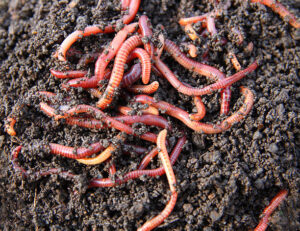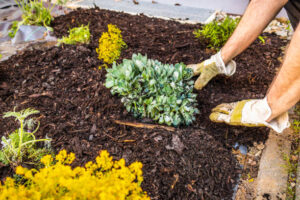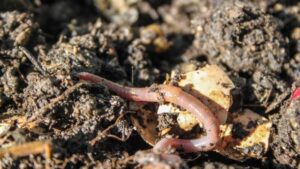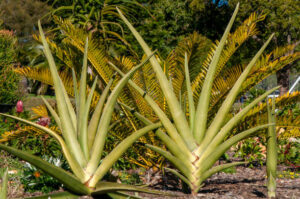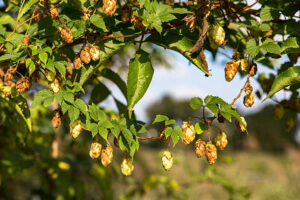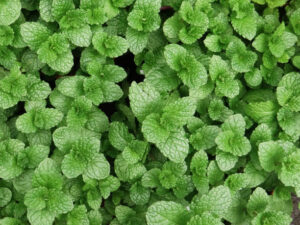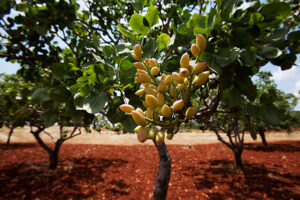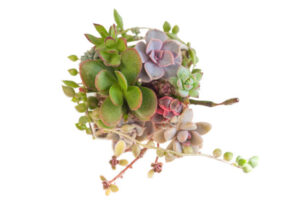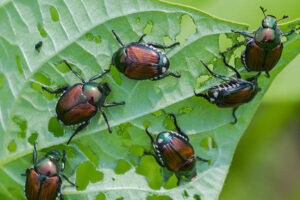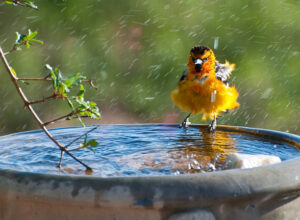Raspberry Crown Borer: Protecting Your Raspberry Plants
Introduction
Step into the world of raspberry cultivation, where the vibrant hues of ripe berries beckon and the promise of a bountiful harvest fills the air with anticipation. Yet, amidst the beauty of your raspberry patch, lurks a silent threat – the Raspberry Crown Borer. This insidious pest, with its voracious appetite for raspberry canes and crowns, has the potential to devastate your precious plants and rob you of the fruits of your labor. But fear not, dear gardener, for armed with knowledge and vigilance, you can protect your raspberry plants from the clutches of this formidable foe. Join us as we embark on a journey to safeguard the health and vitality of your raspberry patch and preserve the joy of harvesting plump, juicy berries.
Understanding the Raspberry Crown Borer
The Raspberry Crown Borer, scientifically known as Pennisetia marginata, is a stealthy insect that targets raspberry plants during their vulnerable stages of growth. The adult borer is a dark-colored moth with distinctive yellow markings and a wingspan of up to one inch. While the moth itself may not cause significant damage, it is the larval stage of the Raspberry Crown Borer that poses the greatest threat to raspberry plants. The larvae bore into the crowns and lower stems of raspberry canes, feeding on the inner tissues and causing structural damage that weakens the plants and reduces fruit production. Left unchecked, a Raspberry Crown Borer infestation can lead to stunted growth, dieback, and ultimately, the demise of your raspberry patch.
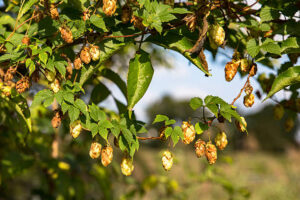
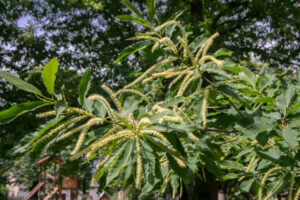
Protecting Your Raspberry Plants
Monitor Regularly: Stay vigilant and inspect your raspberry plants regularly for signs of Raspberry Crown Borer infestation. Look for wilting or yellowing foliage, holes or tunnels in the canes, and sawdust-like frass around the base of the plants. Early detection is key to preventing widespread damage and minimizing the impact of the borer on your raspberry patch.
Prune Infested Canes: If you discover signs of Raspberry Crown Borer activity, promptly remove and destroy infested canes to prevent the spread of the pest. Cut the affected canes at ground level and dispose of them away from your raspberry patch to prevent reinfestation. Be sure to sanitize pruning tools between cuts to avoid spreading any potential pathogens.
Implement Cultural Practices: Adopt cultural practices that promote the health and resilience of your raspberry plants, making them less susceptible to Raspberry Crown Borer infestation. Maintain proper spacing between plants to improve air circulation and reduce humidity, which can create favorable conditions for the borer. Avoid over-fertilizing, as excessive nitrogen can stimulate new growth that is more attractive to pests.
Apply Biological Controls: Consider using biological controls, such as parasitic nematodes or predatory insects, to manage Raspberry Crown Borer populations naturally. These beneficial organisms can help suppress borer numbers and keep their populations in check without the use of chemical insecticides. Be sure to follow product instructions carefully and apply biological controls at the appropriate time for maximum effectiveness.
Protect with Physical Barriers: Install physical barriers, such as floating row covers or fine mesh netting, to prevent adult Raspberry Crown Borers from laying their eggs on raspberry plants. These barriers create a barrier that blocks access to the plants while still allowing sunlight, air, and water to reach them. Be sure to secure the barriers tightly to prevent gaps where the borer can gain entry.
Conclusion
In the battle against the Raspberry Crown Borer, knowledge is your greatest weapon, and vigilance is your shield. By understanding the lifecycle of this insidious pest and implementing proactive measures to protect your raspberry plants, you can safeguard the health and vitality of your beloved patch. Embrace the challenge with determination and resolve, knowing that with each passing season, your raspberry plants grow stronger and more resilient in the face of adversity. Together, let us stand united in defense of our raspberry harvest and celebrate the abundance of nature’s bounty that awaits us.



